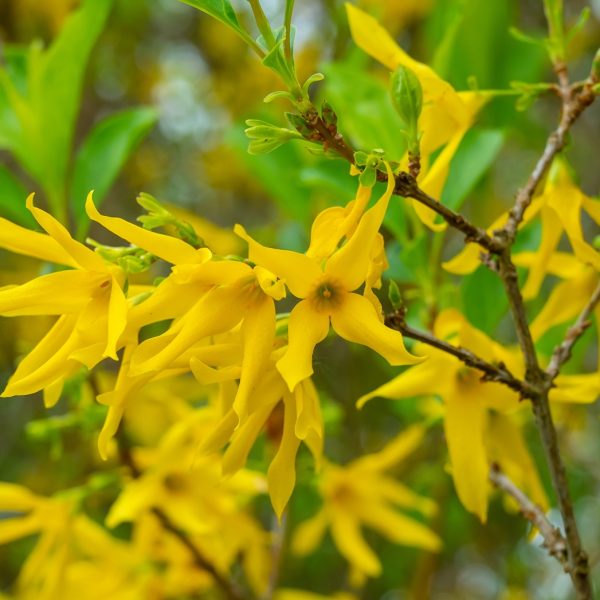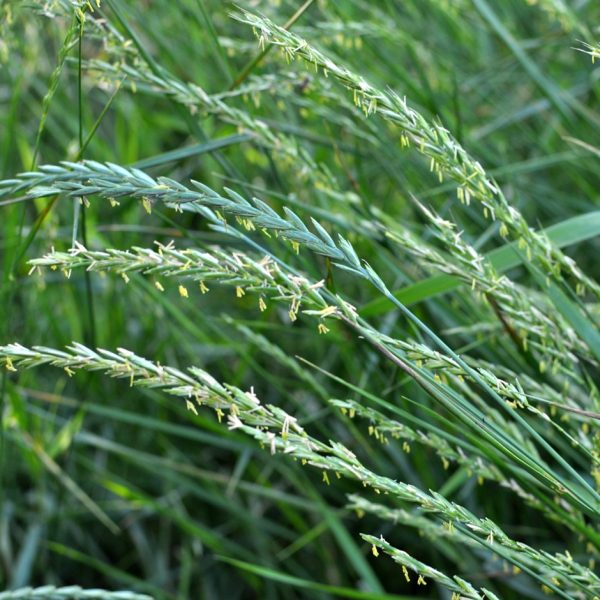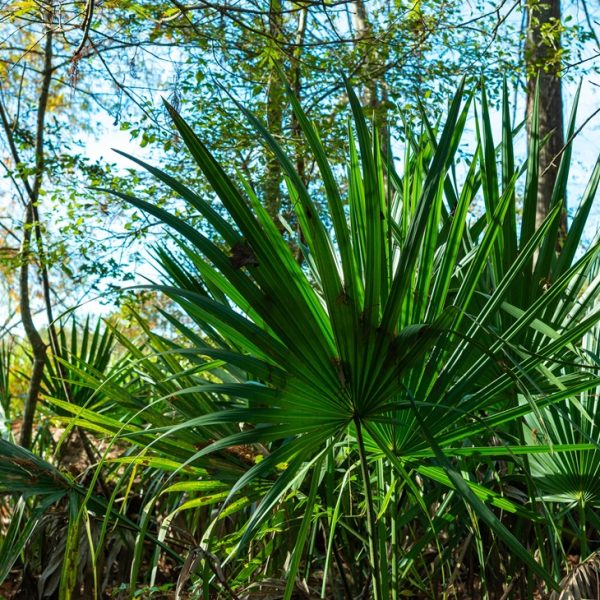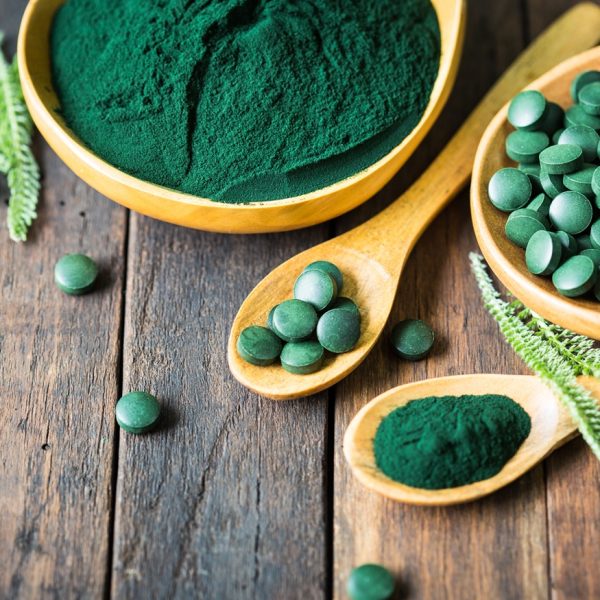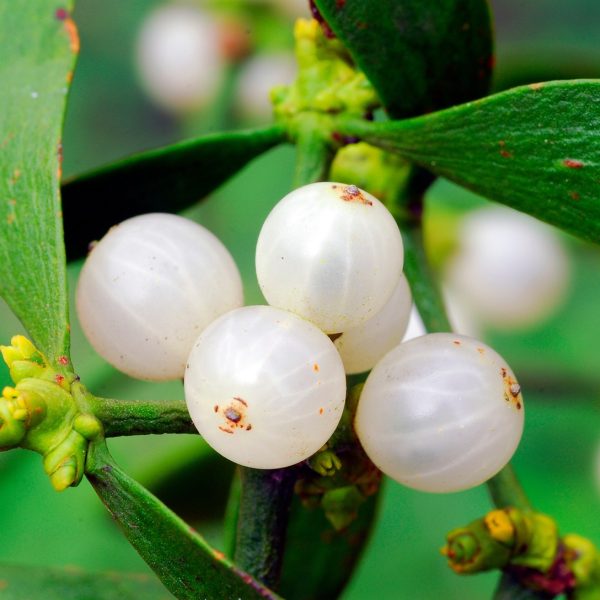The vaginal microbiome is an intricate and complex ecosystem. Maintaining microbial balance within the vaginal microbiome is key to supporting vaginal and reproductive health.
Understanding the vaginal microbiome

The vagina is lined with up to 40 layers of mucosal tissue, which are constantly producing new cells. These cells are integral as they are responsible for protecting the vagina against friction, providing adequate nourishment for the microbiome, and attaching themselves to unfavourable microbes to eliminate them as the cells are sloughed off and replaced. It is these mucosal layers that are home to the vaginal microbiome.
The vaginal microbiome is made up of a diverse microbial colony of bacteria, viruses and fungi that live symbiotically within the human body and on the vaginal mucosa. These microbes form an integral part of the innate immune system and contribute to the healthy balance of microbial homeostasis within the body. Less than desirable microbes, often referred to in popular literature as ‘bad bacteria’, can cause conditions such as bacterial vaginosis (BV), thrush or candida (caused by an overgrowth of the fungus Candida albicans), aerobic vaginitis and less commonly, mollicutes and cytolytic vaginosis.
Typically, the vaginal microbiome is able to look after and maintain itself without too much intervention. General rules to follow include avoiding tight, synthetic clothing; when washing, only use soap on areas that would naturally have hair growing. This means washing the vulva with water only, and avoid washing or douching inside the vagina as it can disrupt the vaginal microbiome (1).
How does the vaginal microbiome work?
The bacteria of the vaginal microbiome are the first line of defence against infections by ensuring that ‘bad’ or unfavourable microbes do not take hold. Some of the most helpful and well-known bacteria that make up a large percentage of the vaginal microbiome in health are the gram-positive Lactobacillus species. This species of bacteria feed on glycogen which is made by the vaginal mucosal cells under the influence of oestrogen. These cells also produce lactic acid and hydrogen peroxide which keeps the vaginal environment at the acidic pH of between 3.8–4.5. It is this process that keeps pathogenic microbes that may enter the vaginal space under control (2).

Lactobacilli also bind to the mucosa of the vaginal walls and help stop pathogenic microbes from taking hold and inhabiting the vaginal space.
The four main species of Lactobacilli in the vaginal microbiome are
- Lactobacilli crispatus
- L. gasseri
- L. jensenii
- L. iners
Of these, L. crispatus appears to be the most dominant player in determining the health of the vaginal microbiome, whilst L. iners is shown to become more prolific when the vaginal environment moves from being in a state of health to being in a state of dysbiosis (a term which indicates disorder and ill health in relation to the microbiome), or returning from dysbiosis to healthy.
A study was carried out in 2011 to evaluate vaginal microbiomes amongst 400 women of reproductive age, who had no vaginal symptoms, in equally weighted ethnic groups. The researchers found five distinct community groups, four of which were dominated by Lactobacilli species: L. crispatus, L. gasseri, L. jensenii and L. iners. The fifth community group had lower levels of Lactobacilli, and higher levels of anaerobic bacteria; however, the microbes remained healthy and maintained the process of lactic acid production and a slightly elevated pH level (4).
This study goes some way to identifying the diversity within the population of what constitutes a healthy vaginal microbiome, and a key factor in determining vaginal health is that of lactic acid production rather than Lactobacilli dominance. It seems very likely that more nuance will be discovered as research continues with projects such as the citizen-science led project ISALA, which is using advanced DNA technology to analyse the female microbiome (5).
It is worth emphasising the role of oestrogen in feeding and maintaining the Lactobacillus species of helpful bacteria, as well as the overall role of the Lactobacilli species of bacteria in keeping unhelpful microbes at bay by dominating the vaginal space and stopping the unhelpful microbes take hold.
As oestrogen levels fluctuate throughout the month in accordance with a woman’s menstrual cycle, so too does the composition of the vaginal microbiome.This leaves certain times of the month more susceptible to certain unfavourable microbes, depending on their needs. Higher oestrogen levels are commonly associated with abundant levels of Lactobacillus species (2).
Understanding vaginal flora
The vaginal microbiome is a robust system that works to maintain the health of the vaginal space and surrounding tissues. However, at various points in life, and for a variety of reasons, the vaginal microbiome can become dysregulated or unbalanced. This means that the dominant community subtype can become disrupted, allowing pathogenic microbes to take over the space, causing health issues.

Swab testing at the GP traditionally only analyses offending microbes and relies on them being grown in the lab from a swab sample taken. This does not take into account the overall state of health of the microbiome, nor is it able to take into account any microbes that are not able to be cultured. Over the last few years, there have been developments in vaginal microbiome testing to test for the DNA of the microbes found in the swab of the vagina microbiome. This has, therefore, facilitated detection of a wide variety of microbes as well as assess the health of the microbiome, making the results more specific and reliable (6)
Although it isn’t possible to list every possible cause of microbiome disruption, because every woman’s experience and microbiome is so unique, here are a number of those seen commonly in clinic:
- Use of antibiotics (this can disrupt the population of good bacteria, as well as the bacteria they are being taken to treat)
- Intercourse with a new partner (their microbiome impacts and shifts the vaginal microbiome by introducing microbes that the vaginal microbiome had not previously been exposed to)
- Changes in hormonal profiles from pregnancy, menarche, menopause and perimenopause (levels of Lactobacilli are directly impacted by fluctuating oestrogen levels).
It can take just one incidence to reduce how robust an individual’s microbiome is. Even if it has previously been healthy with no issues, it can set off a long period of dysbiosis causing repeated issues. The journey to restoring microbial balance and equilibrium can be long, and this can have a significant impact on someone’s mental health and quality of life.
Signs and symptoms
Signs and symptoms that indicate something is out of balance and that infection or irritation may have taken hold can be varied for the vaginal microbiome, and dependant on the microbes involved.

Overall, taking notice of some key areas will be helpful in determining the microbe responsible and knowing this can determine the course of action to rebalance the microbiome and bring it back into a state of health:
- Discharge: Notice colour, how copious it is and the smell. White, cottage cheese type texture discharge that smells yeasty or bready can indicate thrush, whereas clear, grey and watery can be a sign of BV.
- Sensation: Does it itch, burn, burn on contact with water only? These again indicate a variety of causes. The burning on contact with water is a classic sign for aerobic vaginitis.
- Time of month it occurs: If symptoms occur just after menstruation it could indicate BV, and symptoms after ovulation are commonly associated with thrush.
- pH level (which can be tested with finely graduated vaginal pH sticks that can be bought online): Acidic (3.5–4.5) can suggest thrush, whilst more alkaline (4.5 and upwards) can indicate other conditions. These tests are not conclusive and help to form a picture of diagnosis when combined with any associated symptoms.
If any of these symptoms occur and persist without resolution, it is worth consulting with a medical practitioner to help diagnose and treat the problem.
Herbal remedies for a healthy vaginal microbiome
In health, the vaginal microbiome doesn’t need much intervention (see above for some basic general guidance). This section includes herbs and holistic solutions that help to support the vaginal microbiome, rather than for treatment of a specific condition. It’s important to bear in mind that the vaginal microbiome is specialised at looking after itself and doesn’t require too much intervention.

Sea buckthorn oil (Hippophae rhamnoides)
Sea buckthorn oil is rich in fatty acids, in particular omega 3, 6, 7 and 9, and is helpful for improving vaginal mucous membrane integrity. Originally found in the Himalayas, it has now been naturalised around the coastal areas of the UK. The oil is extracted and cold pressed from the berries. Omega 7 is a key component of mucosal cells and it may stimulate skin generation, helping wounds to heal more quickly (7).
Marshmallow root (Althaea officinalis)
Full of mucilaginous polysaccharides that protects and soothes, marshmallow root seems to have an effect on all mucous membranes in the body when taken, even those it doesn’t come into contact with. It is surmised that this is via a reflective action across the mucous membranes in the body, and proves very soothing to inflamed vaginal mucous membranes, supporting the home of the vaginal microbiome (8). Use as a cold infusion to avoid the breakdown of the polysaccharides which are the key constituent responsible for its mucous membrane restorative actions.
Broadleaf plantain (Plantago major)
Plantain is not only a mucilaginous herb, but also acts as an antihistamine. Plantain is a wonderful demulcent herb with a neuralgic action. Its antihistamine and anti-allergy properties are useful for soothing irritated mucous membranes. In certain vaginal conditions such as chronic and recurrent thrush, histamine has been shown to play a role in upsetting the vaginal mucosal membranes and so can be useful here to support the tissues and the vaginal microbiome (9). It can be used as a tea or tincture.
Holistic solutions

Lactobacilli-rich probiotics
Two strains of Lactobacilli have been researched and shown to have some efficacy in helping women suffering with BV, thrush and urinary tract infections, reaching the vaginal microbiome when taken orally. These are L. rhamnosus GR-1 and L. reuteri RC-14 and so looking for a probiotic that had one or both of these would be helpful in supporting the vaginal microbiome and the health of the Lactobacilli population in that area (10).
Look to optimise oestrogen levels
Depending on symptoms that you have, you may want to consider whether oestrogen levels, whether low or high, may be impacting the vaginal microbiome and any associated symptoms. It can be helpful to work with a practitioner in these instances as it can be complex to identify the ways oestrogen affects the body and effective treatment protocols.
Nasal breathing
Nasal breathing has shown to increase nitric oxide in the blood which supports blood flow and the health of vasculature and mucous membranes. This benefit extends to the health of the female reproductive tract, helping to increase blood flow and support the microbiome (11). It is normal practice to breathe via a combination of nasal and mouth breathing, especially in the mornings.
To combat this, consciously take five to 10 minutes each day to practice nasal breathing with the following exercise:
Alternate nasal breathing is a practice that has its roots in yoga, begin with a straight back and relax your shoulders, neck and tongue. Place your left hand on your left knee and place your right hand thumb onto your right nostril. Inhale through your left nostril, hold your breath as you move your ring finger and little finger onto your left nostril. Exhale your breath through your right nostril then inhale through your right nostril and repeat the exercise.
References
- Bishop K. It’s Your Power Portal. Aeon Books; 2022.
- Musicki B, Liu T, Lagoda GA, Bivalacqua TJ, Strong TD, Burnett AL. Endothelial Nitric Oxide Synthase Regulation in Female Genital Tract Structures. The Journal of Sexual Medicine. 2009;6:247-253. doi.org/10.1111/j.1743-6109.2008.01122.x
- Amabebe E, Anumba DOC. The Vaginal Microenvironment: The Physiologic Role of Lactobacilli. Frontiers in Medicine. 2018;5(181). doi.org/10.3389/fmed.2018.00181
- Zheng N, Guo R, Wang J, Zhou W, Ling Z. Contribution of Lactobacillus iners to Vaginal Health and Diseases: A Systematic Review. Frontiers in Cellular and Infection Microbiology. 2021;11. doi.org/10.3389/fcimb.2021.792787
- Ravel J, Gajer P, Abdo Z, et al. Vaginal microbiome of reproductive-age women. Proceedings of the National Academy of Sciences. 2010;108(Supplement_1):4680-4687. doi.org/10.1073/pnas.1002611107
- ISALA. Isala – Let’s swab. Isala. Published April 23, 2024. https://isala.be/en/
- Drexel University. Researchers develop new DNA test for personalized treatment of bacterial vaginosis. ScienceDaily. Published 2025. Accessed May 6, 2025. https://www.sciencedaily.com/releases/2025/03/250328172955.htm
- Erkkola R, Yang B. Sea Buckthorn Oils: Towards Healthy Mucous Membranes.; 2003. https://www.scicompdf.se/membrasin/yang_erk_2003.pdf
- Deters A, Zippel J, Hellenbrand N, Pappai D, Possemeyer C, Hensel A. Aqueous extracts and polysaccharides from Marshmallow roots (Althea officinalis L.): cellular internalisation and stimulation of cell physiology of human epithelial cells in vitro. Journal of Ethnopharmacology. 2010;127(1):62-69. doi.org/10.1016/j.jep.2009.09.050
- Gliniewicz K, Schneider GM, Ridenhour BJ, et al. Comparison of the Vaginal Microbiomes of Premenopausal and Postmenopausal Women. Frontiers in Microbiology. 2019;10. doi.org/10.3389/fmicb.2019.00193
- Reid G, Charbonneau D, Erb J, et al. Oral use of Lactobacillus rhamnosus GR-1 and L. fermentum RC-14 significantly alters vaginal flora: randomized, placebo-controlled trial in 64 healthy women. FEMS Immunology & Medical Microbiology. 2003;35(2):131-134. doi.org/10.1016/s0928-8244(02)00465-0

